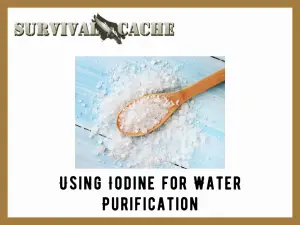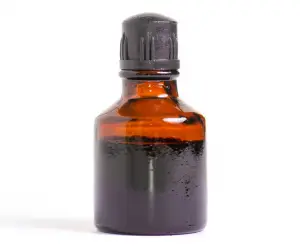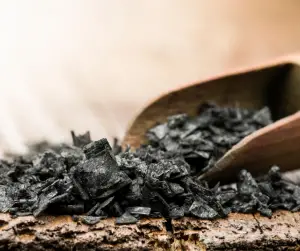You are probably reading this article from the comfort of your home, work, or perhaps while you are waiting on some service. Even in these normal and ideal conditions, we can only go for roughly three days without water.

Fortunately for most of us, obtaining clean, drinkable water in our everyday lives is rather easy. Believe it or not, finding water in a survival situation is not always as difficult as one may think. After all, the majority of our planet is covered in it.
Finding water is only half of the battle. Take the classic case of a person lost at sea. They are surrounded by water as far as the eye can see but drinking it would only make the situation direr. However, the same can be said for freshwater sources that we know nothing about.
The tricky part is cleaning water so that it is safe for us to drink. Water found in nature usually contains a host of microorganisms and other contaminants that our bodies are not accustomed to. Consuming “dirty” water can cause a person to become extremely ill and even lead to death.
Considering how important water is to our survival, every method for making it potable should be learned and prepared for. That is why in this article I will be briefly discussing the use of iodine to make water safer to drink.
SKIP AHEAD
Why Use Iodine for Water Purification?
Like other chemical additives, iodine disrupts the natural processes within microorganisms so that they will not adversely affect us when consumed.
Another reason to use iodine is that it is a nutritional requirement of our bodies. However, just like many other compounds that our body requires, too much of it can cause serious problems.
Also, iodine can be found in first aid kits because it can be used in first aid and medical applications. Iodine should not be confused with betadine as they are different. But since some first aid kits have it, it is good to also learn how to use it for treating water.
The Down Side of Iodine
When using iodine, it should be noted that it primarily works in neutralizing living contaminants such as microorganisms. If you fill a container from a water source that has known chemical contaminants, do not plan on iodine making it safe to drink.
While not a negative feature, using iodine in water will also cause it to take on an orange color. I only bring this up because sometimes this color change makes people feel uncomfortable and they think the water is unsafe to drink. Water that turns a slight orange color is a completely normal side effect of using iodine.
Filter Water First
Before adding iodine to water, it is best to clean the water as much as possible by filtering it. By filtering first, iodine will be much more effective in treating the water.
Large debris such as grass, leaves, sticks, and the like, can be cleaned out by hand. Smaller debris like sediment can be filtered through a swatch of fabric or material such as a bandanna.
Using Iodine
Iodine treatments come in several different forms. It can come as a liquid, tablet, or crystals. The liquid and tablet forms are the most common and readily available. And they are extremely easy to use.
According to the EPA, using five drops per liter of a 2% tincture of iodine will kill most harmful microorganisms. If the water you wish to disinfect is cloudy or discolored then the number of drops used can be doubled.
After administering the drops to the dirty water, mix the solution thoroughly by stirring or shaking and allow it to sit for a minimum of thirty minutes before drinking.
When using iodine tablets or crystals, always follow the directions printed on the label. Often, one to two tablets are used per liter of water. Thoroughly mix the solution and allow it to sit for the required amount of time.
Wrap Up
The use of iodine is an effective method for neutralizing harmful microorganisms in questionable water. Iodine is also quite affordable, readily available, easy to carry and use.
Having iodine on hand will help you to always be prepared to clean dirty water, just be mindful as to how much is used.
Thank you for reading and stay hydrated!
Have you used iodine to treat water? What was your experience with it? Sound off in the comment section below and let us know!



